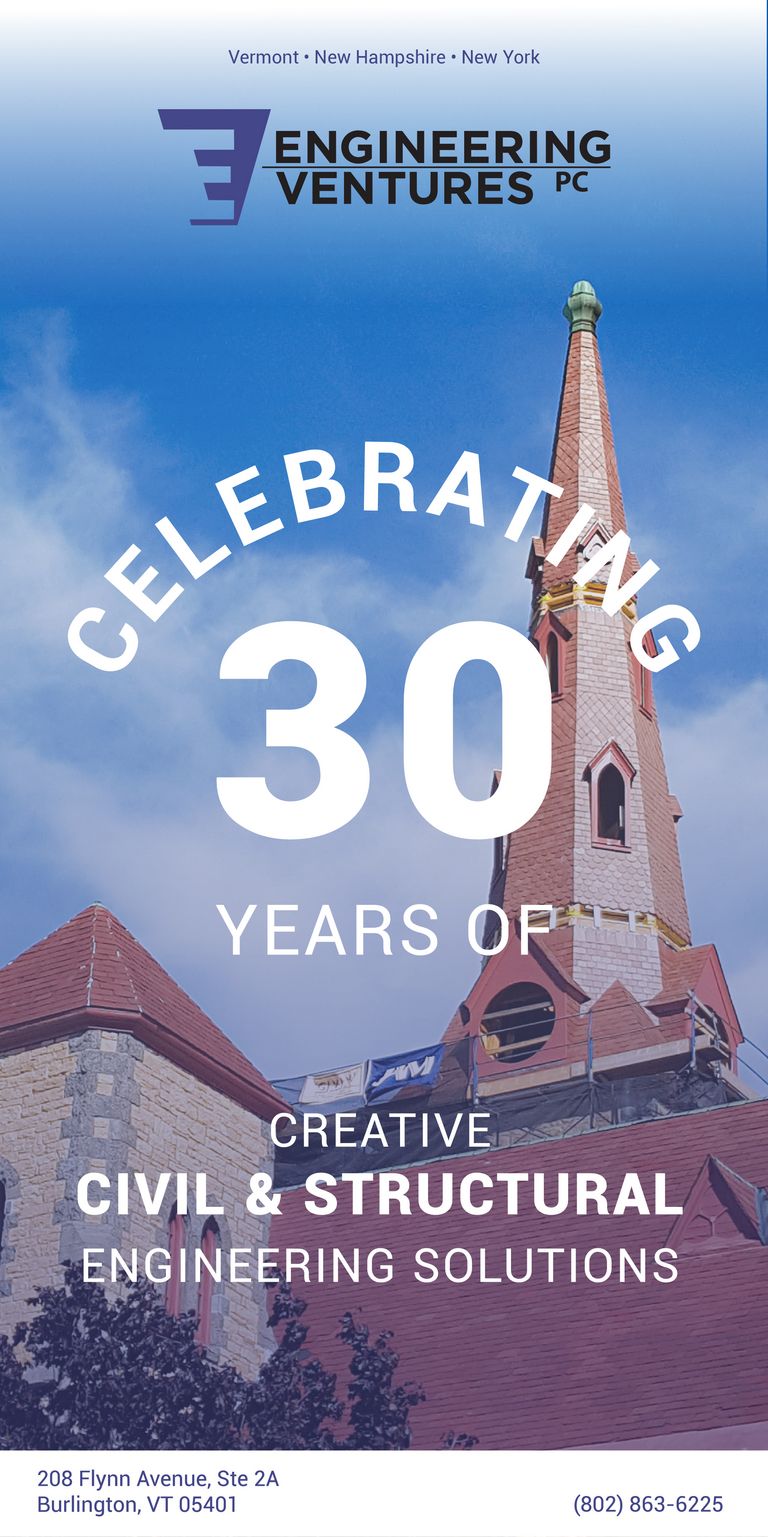Diversity & Inclusivity in the Architectural Profession in Vermont
By AIAVT Chapter President, Taryn Barrett, AIA
AIAVT has hosted two conversations with members to discuss racism, diversity, equity, and inclusion. There was no agenda, no committee, no planned direction. However, it was clear the concerns are real and the enthusiasm to share ideas and take action is growing. The group doubled in size from the first call to second and the following entities engaged in the conversation by asking questions, offering ideas, and sharing commitments: Birdseye, Dore + Whittier Architects, Inc., Duncan Wisniewski Architecture, Engineering Ventures, Freeman French Freeman, Great Blue Heron Architects, and Norwich University.
In the first call, we asked, how can inclusion and equity be addressed in Vermont. As individuals, professionals, and community members we recognized the whiteness of our state population, our firms, and our membership. This challenge to engage and construct a diverse workforce shifted to a discussion around strengthening the pipeline of minority architects and breaking down barriers to enter our field. Ideas circled around engaging elementary students in design, offering scholarships to minority students studying design in Vermont, mentorship, and seeking out professionals beyond our state border. We concluded with a commitment to start by reading Intercultural Competence from the AIA Guide to Equitable Practice and to continue the conversation, meet again to move onward.
In the second call, the reading was commented on, ideas were recapped, and specific firm commitments were shared. Intercultural Competence listed nondominant identities as people who are women, immigrants, disabled, unmarried, LGBTQ, young and old, less educated, or of certain races, ethnicities, religions, or socioeconomic classes. Although Vermont is the second to last state for racial diversity, its population includes all of the non-dominant identities listed. Despite this, our membership, and likely the pool of professionally licensed architects in Vermont, is disproportionately represented by white males. As an example, the US Census estimated Vermont’s population is just over 50% female while AIAVT’s membership is estimated closer to 20% female - an indicator for our profession as a whole in the state. As a precedent for the type of transformation that is needed we discussed the history of ADA and how the early perceptions of it being a restrictive guide have changed. Another suggestion was to broaden our job postings by taking a look at resources such as NOMA (National Organization of Minority Architects). By the end, we recognized as design professionals we solve problems as a team of experts and by working as a collective. There was consensus to tackle cultural incompetence and systemic racism the same way, we must bring in outside voices to engage and inform us and share the BIPOC perspectives that we were missing at each call. Moving forward we intend for the third call to bring in this outside perspective and assist us to understand our mistakes (because we have made many), navigate the uncomfortable conversations, and face this challenge of inclusion in Vermont. We hope for growing enthusiasm and believe as a collective, we can begin to change.
If you are interested in taking part in future discussions on equity, diversity, and inclusion in Vermont, please contact our Executive Director at sarah.odonnell@ aiavt.org.




